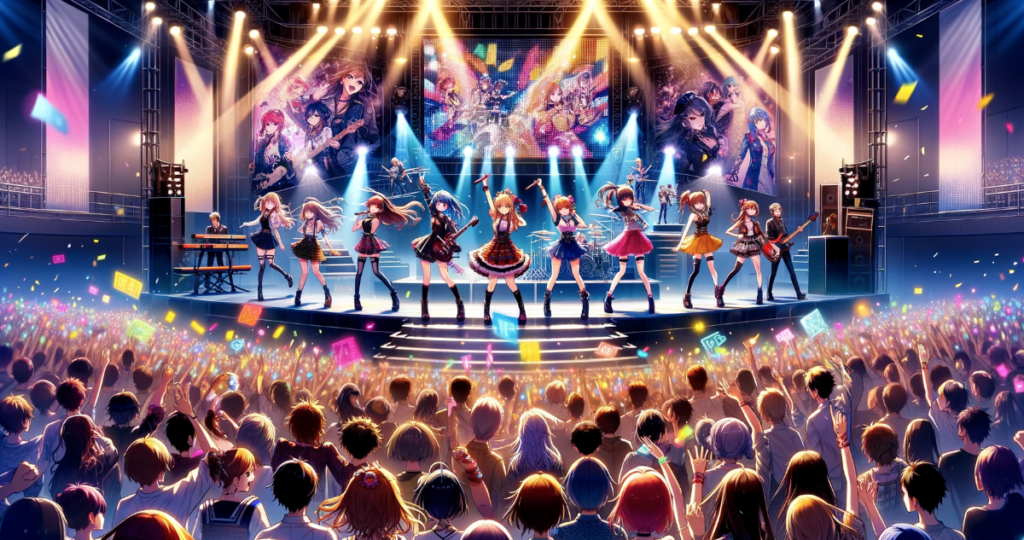
Lesson 30 Pop Music and Its Industry
No. 1: Introduction – First, try answering the question yourself.
The instructor will provide advice on vocabulary, grammar, and expression corrections.
Sample Answer- Let’s read aloud. Instructor will check your pronunciation and accent.
Japanese pop music, often known as J-Pop, has several unique aspects that distinguish it from Western pop music. One notable feature is the concept of “idol” groups. These are bands made up of young performers who are often trained for years by entertainment agencies in singing, dancing, and public relations. Another distinct characteristic is the wide variety of genres within J-Pop, from traditional Japanese sounds to modern electronic influences. The industry also heavily promotes cross-media projects, where music groups are involved in anime, dramas, and commercials, creating a multifaceted approach to marketing and fan engagement. Additionally, J-Pop artists frequently release singles with multiple A-sides, offering more new music with each release than is typical in the West.
No. 2: Vocabulary Building – 5 Words to Learn and Their Meanings
Pronounce the Words Correctly (Pronunciation Training) + Make Sentences Using the Words Instantly
- Idol (アイドル, aidoru): A pop star, particularly in Japan, often young and cultivated by agencies for their image and ability to influence fans.
“Idol groups in Japan undergo extensive training before debuting, encompassing not just musical talents but also dance and public speaking skills.”
- Genre (ジャンル, janru): A category of artistic composition, as in music or literature, characterized by similarities in form, style, or subject matter.
“J-Pop encompasses a diverse range of genres, blending traditional Japanese elements with pop, rock, and electronic music.”
- Cross-media (クロスメディア, kurosumedia): Involving more than one medium of expression or communication, such as combining music with television, movies, or video games.
“Many J-Pop artists participate in cross-media projects, contributing to soundtracks and making appearances in anime and dramas.”
- Engagement (エンゲージメント, enge-jimento): The act of being involved or engaged in something, particularly in terms of audience or fan interaction.
“The J-Pop industry places a high value on fan engagement, often holding events where fans can meet and interact with their favorite idols.”
- A-sides (A面, A-men): The songs on a single or album that are promoted or considered to be the main tracks.
“J-Pop singles often feature multiple A-sides, providing fans with more content and variety with each release.”
No. 3: Key Idiom and Example Sentences
“Break the mold” (型にはまらない): To do something in a new and different way that is not based on previous forms or styles.
“Many J-Pop artists break the mold by experimenting with unconventional music styles and creating unique personas that stand out in the industry.”
“By integrating traditional instruments into pop music, certain J-Pop bands break the mold, offering listeners a fresh and innovative sound.”
No. 4: Discussion and Exchange of Opinions on the Sample Answer
Instructor: Based on the sample answer, what do you think are the key factors contributing to the global appeal of J-Pop and its unique position in the music industry?
Student: [Opinions of students]
No. 5: Free Discussion on the Topic
Let’s explore further the impact of J-Pop both within Japan and internationally. How do J-Pop and its idols influence fashion, language, and youth culture in Japan? Additionally, consider how the global spread of J-Pop compares to other international music phenomena, such as K-Pop. What challenges and opportunities does the Japanese pop music industry face in maintaining its uniqueness while appealing to a global audience? Finally, discuss the role of technology and social media in the promotion and distribution of J-Pop music.







